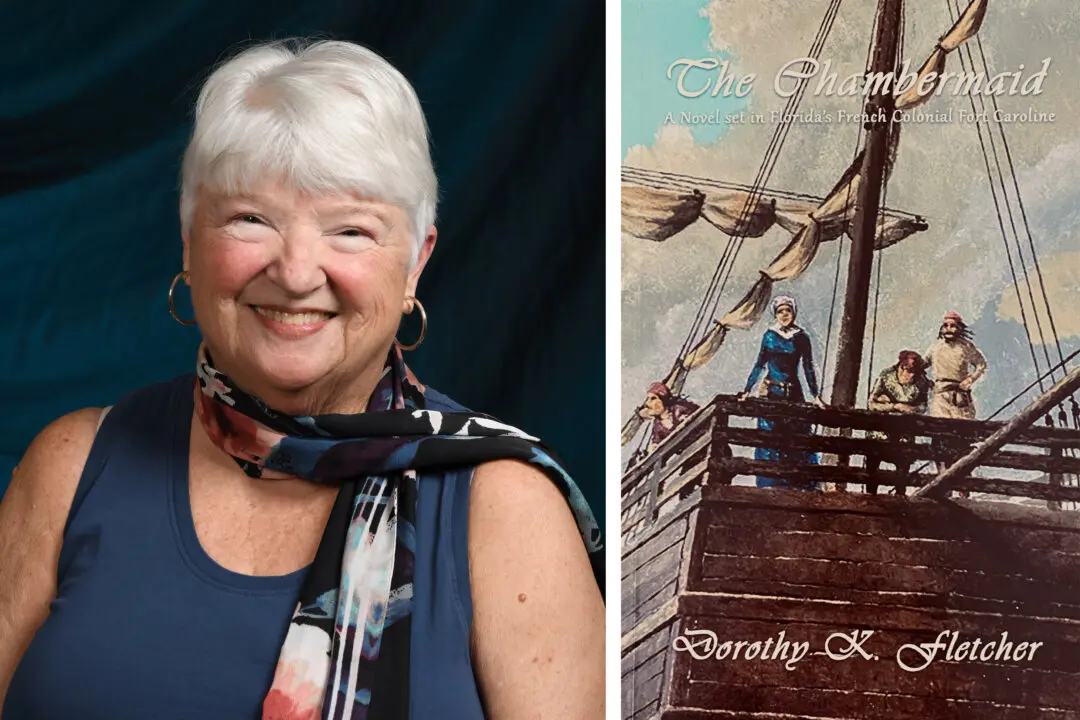Sometimes the simplest songs have the most impact. That’s certainly true for Irving Berlin’s classic holiday hit, “White Christmas.” Once vocalist Bing Crosby played his rendition over the radio, the understated composition turned into a cultural force that changed the landscape of Christmas in the United States.
The wistful tune is a bestseller. But its backstory and subsequent influence that has been going strong since the 1940s are bigger than the song itself. Equal parts nostalgia and comfort, it’s become the perfect symbol of the quieter traditions of America’s holiday celebration.





